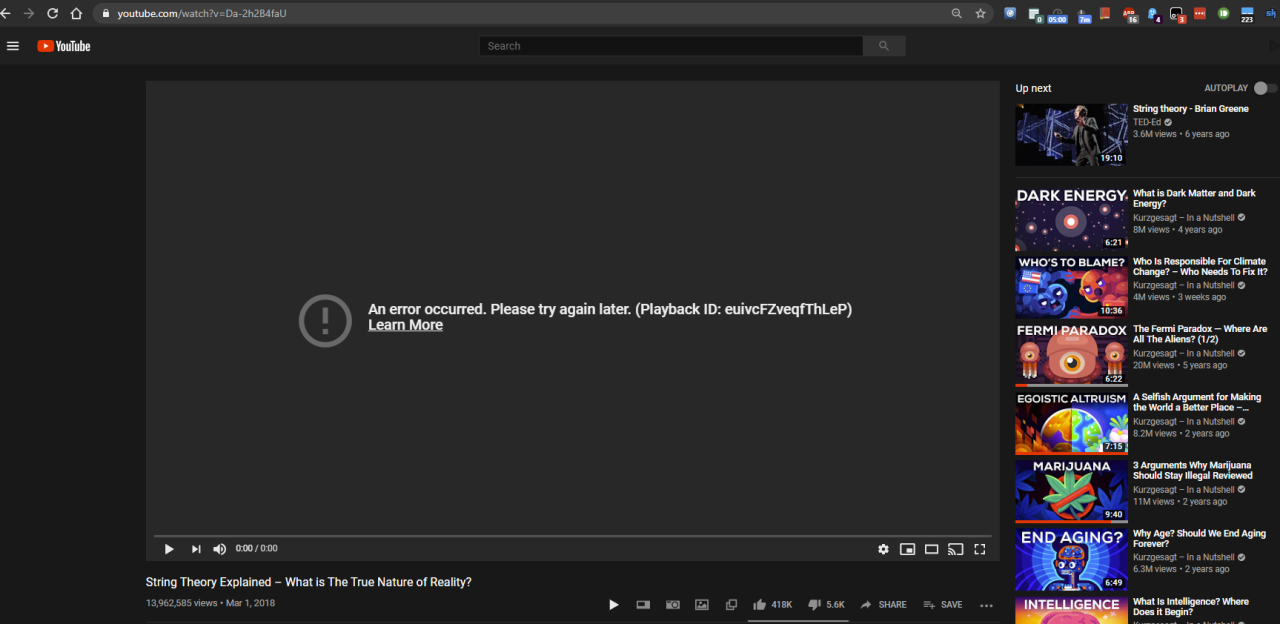Advanced Strength Training Program for Experienced Weightlifters: Forget wimpy beginner workouts! This isn’t your grandma’s aerobics class. We’re diving headfirst into a 16-week odyssey of iron-bending, muscle-sculpting, and personal best-crushing glory. Prepare to unleash your inner beast (responsibly, of course – we’re aiming for gains, not hospital visits). This program isn’t just about lifting heavier; it’s about mastering your body, understanding its limits, and then gleefully shattering them.
Get ready to redefine “strong.”
This comprehensive guide tackles everything from periodized training and advanced techniques like drop sets and supersets to crucial nutrition strategies, injury prevention, and the mental game. We’ll explore different training splits, delve into the science of progressive overload, and provide practical tips to help you overcome plateaus and stay injury-free. Whether your goal is powerlifting dominance, bodybuilding perfection, or simply achieving peak physical fitness, this program will equip you with the knowledge and tools to succeed.
Program Design Principles for Experienced Lifters
So, you think you’re a seasoned weightlifter? Think you’ve conquered the iron throne? Think again, my friend. This 16-week program will push you to the brink, leaving you questioning your life choices (in a good way, of course). We’re talking serious gains, the kind that make your shirt feel a little tighter, your biceps a little prouder, and your ego…well, let’s just say your ego will be appropriately inflated.
So, you’re a seasoned lifter craving an advanced strength training program? Before you go chucking around weights like a deranged Olympian, remember where it all began. Check out this beginner’s guide to weight training for overall fitness improvement for a nostalgic trip down memory lane (and maybe some surprisingly helpful tips!). Then, and only then, should you unleash your inner weightlifting beast with those advanced programs.
This program isn’t for the faint of heart (or the weak of bicep). It’s built on the principles of periodization and progressive overload, ensuring continuous improvement and preventing plateaus. We’ll be strategically manipulating variables like training volume, intensity, and rep ranges to maximize muscle growth and strength gains. Prepare for some serious sweat, some serious soreness, and some seriously impressive results.
So, you’re a seasoned lifter craving an advanced strength training program? Before you go bench-pressing a small car, remember where we all started! Check out these strength training exercises for beginners at home no equipment to appreciate the foundational movements that built your current beastly strength. Then, and only then, should you consider adding those extra plates to the bar.
Periodized Strength Training Program: 16 Weeks of Glory
This program utilizes a linear periodization model, gradually increasing training intensity and volume over the 16 weeks. The first four weeks focus on building a solid base, the next four on hypertrophy, followed by four weeks of strength development, and finally four weeks of peaking for maximal strength. Think of it as a carefully crafted symphony of sweat, where each movement is perfectly orchestrated to achieve the ultimate crescendo of muscle growth and strength.
Exercise Selection Rationale
The emphasis is firmly placed on compound movements—exercises that work multiple muscle groups simultaneously. These are the kings and queens of the weight room, the heavy hitters that deliver the most bang for your buck. For example, squats dominate leg day, not because they’re easy, but because they’re brutally effective. Deadlifts reign supreme for back and hamstring development.
So, you’ve conquered the beginner’s bench press and now crave an advanced strength training program for experienced weightlifters? Fantastic! But remember, even seasoned lifters need to adjust their approach. If you’re also aiming for weight loss, consider tailoring your routine – check out this guide on how to create a personalized strength training program for weight loss to optimize your results.
Then, get back to those heavy lifts and crush your goals!
Bench press is the undisputed champion of chest and tricep growth. Accessory exercises, targeting specific muscle groups, are included to address any weaknesses and further enhance muscle development.
So, you’re a seasoned lifter looking to conquer an advanced strength training program? Excellent! To truly maximize your gains, remember that even the most hardcore routines rely on fundamental movements. Check out this list of top 10 weight lifting exercises for building strength and power to ensure your program’s foundation is rock-solid. Then, build your advanced program around these powerhouses for truly epic results!
Varying Rep Ranges and Training Intensities
The program strategically varies rep ranges and intensities throughout the 16 weeks. Lower rep ranges (1-5 reps) are used during the strength phases to maximize neural adaptations and build raw power. Higher rep ranges (8-12 reps) are incorporated during hypertrophy phases to stimulate muscle growth. Intensity is adjusted accordingly, using percentages of your one-rep max (1RM) to control the load.
So, you’re a seasoned lifter looking for an advanced strength training program? Before we dive into those brutally intense workouts, remember where you started! Perhaps a refresher on the basics might be in order – check out this fantastic beginner’s routine: best full body strength training workout routine for beginners. Then, and only then, are you ready to tackle those advanced programs designed to push you to your absolute limits (and maybe beyond!).
Think of it as a carefully choreographed dance between weight and repetitions, designed to sculpt your physique into a masterpiece.
Sample Weekly Schedule
This is a sample schedule, and individual adjustments might be necessary based on your specific needs and recovery capabilities. Remember to always listen to your body!
| Day | Exercise | Sets | Reps |
|---|---|---|---|
| Monday | Squats | 5 | 5 |
| Monday | Bench Press | 3 | 8 |
| Monday | Barbell Rows | 4 | 10 |
| Tuesday | Deadlifts | 1 | 5 |
| Tuesday | Overhead Press | 3 | 8 |
| Tuesday | Pull-ups | 3 | As many as possible (AMRAP) |
| Wednesday | Rest or Active Recovery | – | – |
| Thursday | Leg Press | 3 | 12 |
| Thursday | Incline Dumbbell Press | 3 | 10 |
| Thursday | Lat Pulldowns | 3 | 12 |
| Friday | Front Squats | 3 | 8 |
| Friday | Dumbbell Bench Press | 3 | 10 |
| Friday | Bicep Curls | 3 | 12 |
| Saturday | Rest or Active Recovery | – | – |
| Sunday | Rest | – | – |
Advanced Training Techniques

Let’s ditch the kiddie weights and delve into the advanced techniques that’ll sculpt you into a muscle-bound masterpiece. Forget slow and steady; we’re talking about pushing your limits to the point where your muscles scream for mercy (and then ignoring them). This section explores the brutal effectiveness of advanced training methods and how to strategically integrate them into your already impressive regimen.
Drop Sets, Supersets, and Rest-Pause Sets
These aren’t your grandma’s bicep curls. These techniques are designed to obliterate muscle fibers and trigger maximal hypertrophy. Drop sets involve performing a set to failure, immediately reducing the weight, and continuing until failure again. This method maximizes time under tension and metabolic stress, leaving your muscles begging for a nap (which they won’t get). Supersets pair two exercises targeting opposing muscle groups (e.g., biceps and triceps) back-to-back with minimal rest.
This increases overall training volume and efficiency, making your workouts shorter, but infinitely more intense. Rest-pause sets involve performing a set to failure, resting briefly (5-10 seconds), and then performing additional reps until failure again. This allows you to push past your initial failure point, unlocking new levels of muscle growth. Think of it as a muscle-building cheat code.
Training Splits: The Art of Strategic Muscle Destruction, Advanced strength training program for experienced weightlifters
The best training split is the one that best suits your recovery capabilities and training goals. Upper/lower splits offer a balanced approach, allowing for sufficient recovery between workouts targeting the same muscle groups. Push/pull/legs splits focus on movement patterns, grouping similar exercises together, making your training more focused and efficient. A full-body split, while potentially less frequent, can be very effective for maximizing hormonal responses if done with enough intensity and proper recovery.
The key is finding a split that allows you to maintain intensity and progress without succumbing to overtraining. It’s a delicate balance between pushing your limits and avoiding injury, like walking a tightrope while juggling chainsaws.
Manipulating Training Variables: Tempo, Time Under Tension, and Beyond
Tempo refers to the speed of each repetition. A slow, controlled tempo (e.g., 3 seconds concentric, 1 second isometric hold, 3 seconds eccentric) maximizes time under tension, leading to greater muscle growth. Conversely, faster tempos can enhance power and explosiveness. Time under tension (TUT) is the total amount of time a muscle is under load during a set.
Increasing TUT, whether through slower tempos or longer sets, increases muscle growth. Other variables like rest periods and rep ranges can also be manipulated to achieve specific training goals, ranging from strength increases to pure hypertrophy. It’s all about understanding the levers and using them to your advantage.
Incorporating Plyometrics and Explosive Movements
Plyometrics, such as box jumps, depth jumps, and medicine ball throws, add an explosive element to your training. These exercises develop power and explosiveness, improving athletic performance and overall functional strength. They should be incorporated strategically, focusing on proper form and technique to avoid injury. Think of plyometrics as adding rocket fuel to your already powerful engine. For example, adding plyometric push-ups or jump squats after a heavy set of bench presses or squats can enhance the training effect and boost power output.
The key is to prioritize proper form to avoid injury and to integrate them in a way that doesn’t compromise your strength training progress.
Ultimate Conclusion: Advanced Strength Training Program For Experienced Weightlifters

So, there you have it – your roadmap to advanced strength training mastery. Remember, this isn’t a race; it’s a journey of continuous improvement. Embrace the challenges, celebrate the victories (big and small), and never stop pushing your limits. Listen to your body, adjust as needed, and most importantly, have fun! Because let’s face it, conquering your fitness goals should be as exhilarating as it is rewarding.
Now go forth and conquer those weights!
